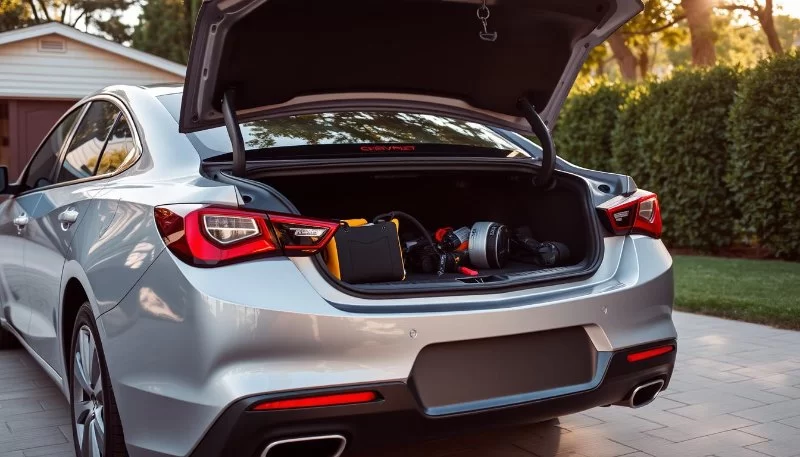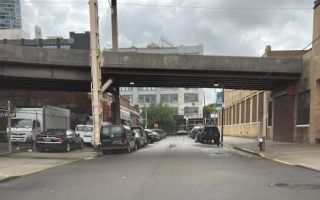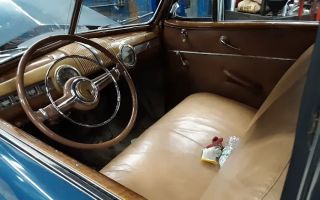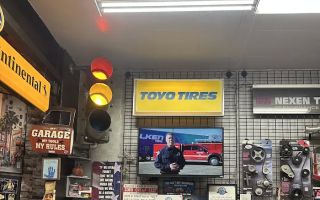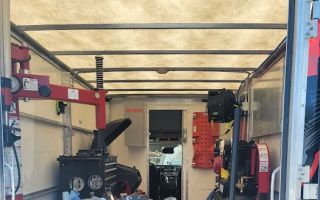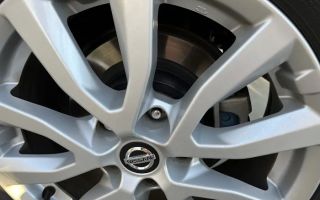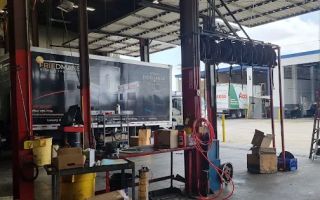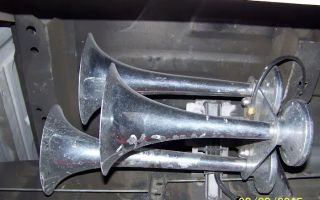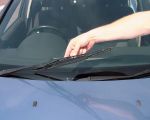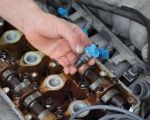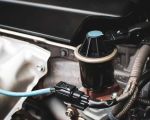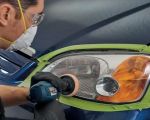- common-reasons-why-a-car-trunk-stays-open - Common Reasons Why a Car Trunk Stays Open
- quick-troubleshooting-steps-you-can-take - Quick Troubleshooting Steps You Can Take
- a-real-world-scenario-and-what-it-teaches - A Real-World Scenario and What It Teaches
- when-to-consider-repair-vs-replacement - When to Consider Repair vs Replacement
- preventive-care-and-maintenance-tips - Preventive Care and Maintenance Tips
- get-help-fast-with-rescue-towing - Get Help Fast with Rescue & Towing
1. Common Reasons Why a Car Trunk Stays Open
When your car trunk stays open, it’s more than a nuisance—it can be a safety issue. The most common reasons include a malfunctioning latch, broken trunk struts (those gas-filled rods), electrical issues, or accidental obstruction. Even weather exposure or minor collisions can affect the trunk mechanism without immediately noticeable damage.

Pick Your Part - Help Yourself
1232 Blinn Ave, Wilmington, CA 90744, USA
2. Quick Troubleshooting Steps You Can Take
2.1 Check for Obstructions
First, examine if something is physically blocking the latch or trunk seal—like a misaligned mat, ice buildup, or misplaced tool. This is surprisingly common.

Pick Your Part - Greer
13054 E Wade Hampton Blvd, Greer, SC 29651, USA
2.2 Test the Latch Mechanism
Press the latch manually to see if it clicks shut. If not, it could be jammed or broken. Try lubricating it with a silicone-based spray. If it still doesn’t engage, the latch might be defective or stuck due to debris.
2.3 Inspect the Trunk Struts
If your trunk uses gas struts and they’ve lost pressure, the trunk lid won’t stay down or may bounce back up. You’ll notice it feeling unusually light or heavy. Replacing struts is often a quick fix you can do with basic tools.
3. A Real-World Scenario and What It Teaches
Take Angela’s case: she returned from grocery shopping only to find her trunk wouldn’t latch shut. After a frustrating hour trying to slam it closed, she called a mobile mechanic who discovered a bent latch bracket from a parking lot tap. One small incident had led to a big headache. With the right diagnosis, a $20 part and 15 minutes of work solved what she feared would require major repairs.
4. When to Consider Repair vs Replacement
4.1 Minor Issues: Repair is Enough
Dirty, jammed, or mildly bent components can often be repaired. Cleaning the latch, realigning the striker, or replacing gas struts are usually affordable and quick to fix.
4.2 Major Structural Damage: Replacement Required
If the latch housing is cracked or the trunk lid itself is misaligned due to an accident, replacement may be your only safe option. It’s also possible that integrated electronic trunk systems in newer vehicles may require diagnostic scanning to identify deeper electrical faults.
5. Preventive Care and Maintenance Tips
Don’t wait for your trunk to stop closing at the worst time. Regularly clean the latch and hinges, lubricate moving parts seasonally, and avoid slamming the trunk. After snowstorms or rainy days, double-check for ice or water near the seals.
6. Get Help Fast with Rescue & Towing
If your trunk won’t close and you’re stuck in a parking lot or roadside, don’t risk driving with it open—it’s dangerous and could damage your vehicle. Rescue & Towing offers emergency roadside assistance and mobile diagnostics, making sure you get safe, efficient help when your vehicle needs it most. Let professionals assess the cause and offer quick solutions so you can get back on the road with peace of mind.

